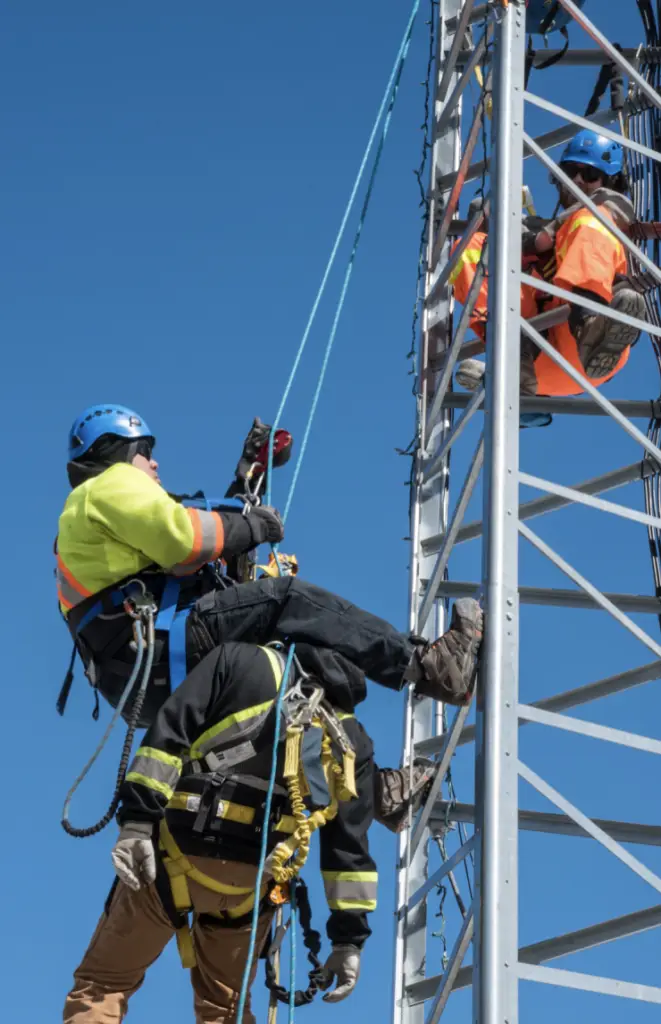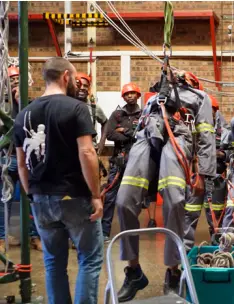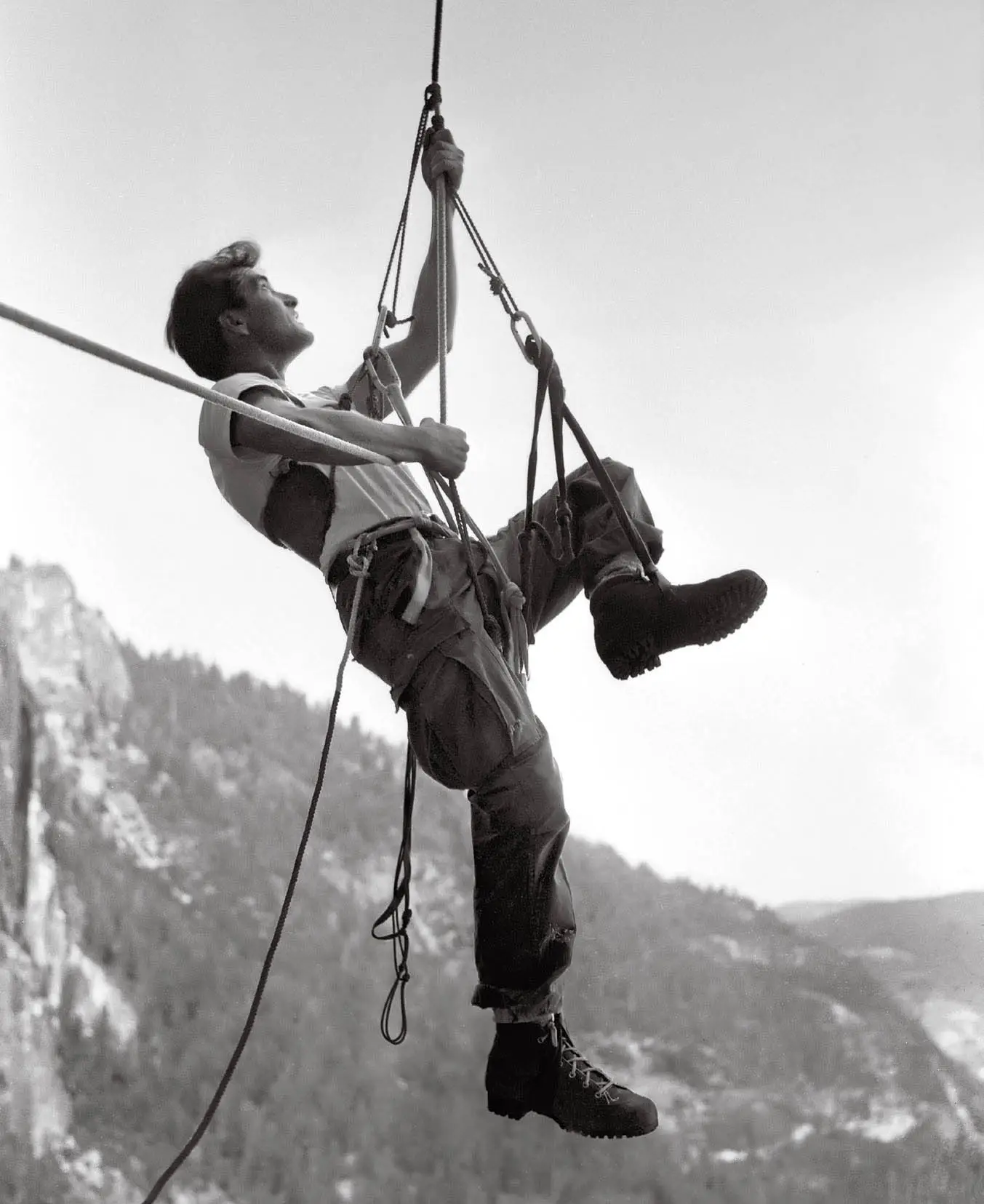Suspension Trauma: The Hidden Threat Every Rigger Must Know.
What Every Rigger Needs to Know! – STAY SAFE
Have you ever considered the real risks that riggers and workers face when working at heights? Beyond the obvious dangers of falling, there’s a lesser-known but potentially fatal threat called suspension trauma. This silent killer can strike anyone hanging in a harness, often without warning and with devastating consequences. But how exactly does suspension trauma occur, and why should every rigger and safety officer be acutely aware of this risk?
The Reality of Suspension Trauma

Imagine this: A rigger loses their footing while working on a cell tower. Thankfully, their fall arrest system does its job, and they are left suspended in mid-air. Initially, there’s relief that the fall didn’t result in a more severe injury or death. But as the minutes tick by, a new and insidious threat emerges—suspension trauma.
What is Suspension Trauma?

Suspension trauma, also known as harness-induced pathology or orthostatic shock, can set in within just 10 to 60 minutes of being suspended. When a person is suspended in a harness, particularly in an upright position, venous circulation in the lower extremities is drastically reduced. This leads to:
- Blood pooling in the legs
- Hypovolemia: A significant drop in blood volume and pressure in the body’s core
- Fainting: The brain, deprived of oxygen-rich blood, triggers fainting to force the body into a horizontal position to restore circulation
But in the case of suspension, fainting doesn’t solve the problem. Instead, it can worsen it. If the person remains in an upright position, with their head and neck potentially pitching forward, the risk of airway obstruction increases dramatically. In this position, the individual may only have minutes before cardiac arrest occurs.
The Fatal Consequences
To understand just how serious suspension trauma can be, let’s look at a real-life case:
- In February 2011: A rock climber was found suspended 60 meters above the ground, still secured by his harness. Despite the initial belief that his harness had saved his life, the climber had tragically succumbed to suspension trauma. The autopsy revealed he had died from mechanical asphyxia—a combination of respiratory and systemic collapse caused by hanging motionless in his harness for an extended period (August 2024_Suspension Trauma Management).
This case highlights the terrifying reality that suspension trauma can happen to anyone, even those who are highly skilled and experienced in working at heights. It’s not just the fall that poses a risk but what happens afterward that can be just as deadly.
Prevention and Management
The good news is that suspension trauma is both preventable and manageable, provided that proper precautions are taken.
- Properly Fitting PPE: Ensure that riggers and other workers at height are equipped with properly fitting PPE. A well-fitted harness can reduce the risk of circulation being cut off in the event of suspension.
- Frontal Connection Point on Harness: Studies show that workers suspended from a frontal connection can endure the position longer with less discomfort than those with a rear connection. This can buy valuable time for a rescue operation to be carried out safely.

- Training: Workers must be educated about the signs and symptoms of suspension trauma, which can include:
Early recognition of these symptoms can provide a window of opportunity for self-rescue or for calling for help before fainting occurs.
Conclusion
Suspension trauma is a stark reminder that the dangers of working at heights extend far beyond the initial fall. It’s a condition that every rigger and safety professional must take seriously, as it can strike swiftly and with deadly consequences. By understanding the risks, recognizing the symptoms, and taking proactive measures to prevent suspension trauma, lives can be saved, and tragedies can be avoided. Remember, in the world of working at heights, it’s not just about preventing the fall—it’s about ensuring what happens afterward doesn’t become the real danger.
For expert training on working at heights and suspension trauma management, contact Cygnus Safety Consulting to get quality training from Gravity Group Holdings. Our team provides comprehensive training programs designed to equip your workforce with the knowledge and skills necessary to work safely at heights. Don’t wait until it’s too late—ensure your team is prepared for every situation.


